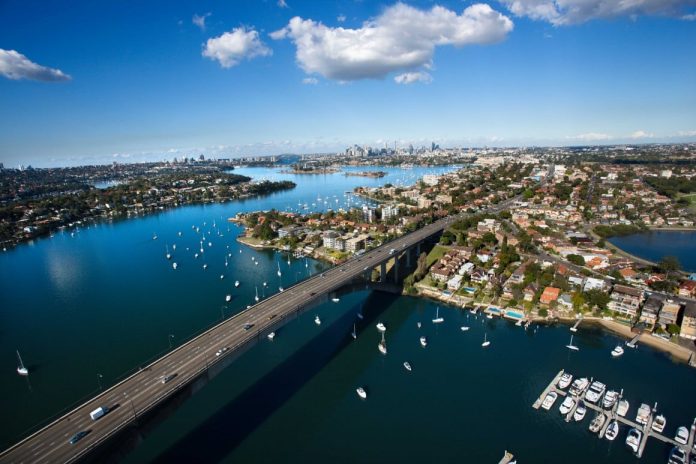[ad_1]
Victoria has become Australia’s second-most popular state for international buyers and tenants eyeing a move to the lucky country last month.
New figures from PropTrack show that offshore demand for rentals is currently 32% above historical norms, with increasing interest coming from the UK, New Zealand, and China.
Only New South Wales had higher demand among prospective tenants from overseas.
However, the numbers are down 2.3% from last year.


PropTrack’s Senior Data Analyst Karen Dellow noted that a federal budget announcement aimed at capping international students could drive activity down further in the coming months.
“Given the correlation between visa approvals for overseas students and workers and rental searches from overseas for properties listed on realestate.com.au, it’s likely the tightening of student visa rules could impact overseas rental searches,” Ms. Dellow said.
PropTrack’s data analysis of search trends on realestate.com.au shows Melbourne’s CBD and Richmond are at the top of the list for would-be tenants planning to relocate to Victoria.
While demand for homes to purchase increased by just under 1%, it is 20% higher than the five-year average.
Victoria was the nation’s second-most popular spot for international homebuyer searches, just behind Queensland.
Ms. Dellow pointed out that Victoria, Queensland, and New South Wales have consistently been vying for the nation’s top spot in the eyes of international buyers and renters for the past five years.
Melbourne’s West Side Place development on Spencer St was the most searched development in the country from abroad, with the city’s tallest tower, Australia 108 in Southbank, coming in third, and the 380 Melbourne development on Lonsdale St ranking fourth.
Among those looking to buy, the city centre and Brighton were at the top of the property ladder.
A final note for investors
As I always say, when it comes to property investment, the focus should be on investment-grade properties in A-grade locations.
Never follow a trend or buy in hotspots or growth areas because these won’t give you the long-term growth that you’re looking for.
I’m talking about areas and properties which hold their value over the long term, rather than benefit from an uptick in demand.
[ad_2]
Source link


